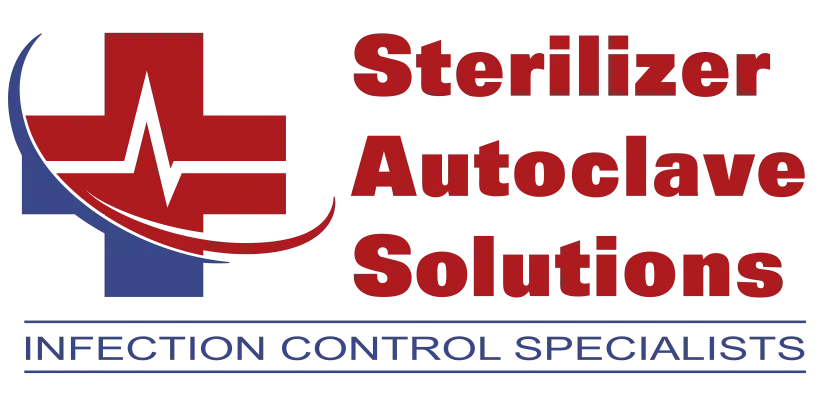Why We Know It Works: The Scientific History Behind Statim Sterilizers Leave a comment
 How do we know the use of an autoclave actually works in sterilizing important instruments used in medical offices and tattoo parlors? The short answer is “science”. The longer answer, if you choose to read further, is “very, very cool science”. It’s a quick read, and it’s not something you’ll find in your statim 5000 service manual. And if you just want to talk to someone, call our Free Tech Support at 704-966-1650 Option 3.
How do we know the use of an autoclave actually works in sterilizing important instruments used in medical offices and tattoo parlors? The short answer is “science”. The longer answer, if you choose to read further, is “very, very cool science”. It’s a quick read, and it’s not something you’ll find in your statim 5000 service manual. And if you just want to talk to someone, call our Free Tech Support at 704-966-1650 Option 3.
Up until embarrassingly recent times, the human race had very little idea how infections began and spread. For quite a long time, most cultures believed sicknesses and infections were supernaturally wrought by their native spirits and gods. Yes, this includes a lot of early Christian culture, who blamed a multitude of illnesses on demons and the anger of God. If it wasn’t spirits, it was imbalances in bodily ‘humors’ or bad air called ‘miasma’.
Around the ninth and tenth centuries CE, Jewish and Islamic hospitals were renowned for their advancement and expertise. What people at the time didn’t know is that part of their success was likely due to their cleaner environments, as both the Torah and the Qur’an stressed personal cleanliness in their teachings.
We didn’t even know about the largest type of bacteria, protozoa, until around the 1670s when scientist Anton van Leeuwenhoek directly observed these microorganisms in water. When van Leeuwenhoek when to present his findings to the Royal Society, they didn’t believe him until he managed to recreate his experience and show the gathered doubters. And so, microbiology was born — kind of.
In the mid-1800s, Louis Pasteur realized that bacteria can be killed at 120 degrees Fahrenheit. Does the French chemist’s name sound familiar? It’s the origin of the word “pasteurization”.
It still wasn’t until the late 1880s and 1890s that the germ theory of disease caught on as the dominant theory in medicine. When it did, sterilization also caught on and began improving. The culmination? Technology like the autoclave.
Sterilizer repair is so important because we know if these functions are thrown off by errors or worn-down equipment, bacteria can easily thrive. This is why statim manufacturers are so proactive in keeping up with autoclave repair and maintenance. Check your Statim 5000 service manual, for example, to learn best practices for regular maintenance. The literature should come with your machine but is also often available online. Seek out autoclave repair whenever you think something is wrong, and don’t delay repairs. Your patients’ health and your business’s reputation are too valuable!
As always if you have any questions about this process or anything else please feel free to contact us and take advantage of our “FREE TECH SUPPORT.”
We also offer FREE VIRTUAL TECH SUPPORT to “See and Talk” with a “Real Time Live Technician” for any problems you may be in need of help with.
You can also use our “FREE MAINTENANCE PROGRAM”. Take the guesswork and worrying about what unit is due for maintenance and which maintenance cycle it is time for. We will keep track of all your autoclaves and let you know when it’s time for anything.

